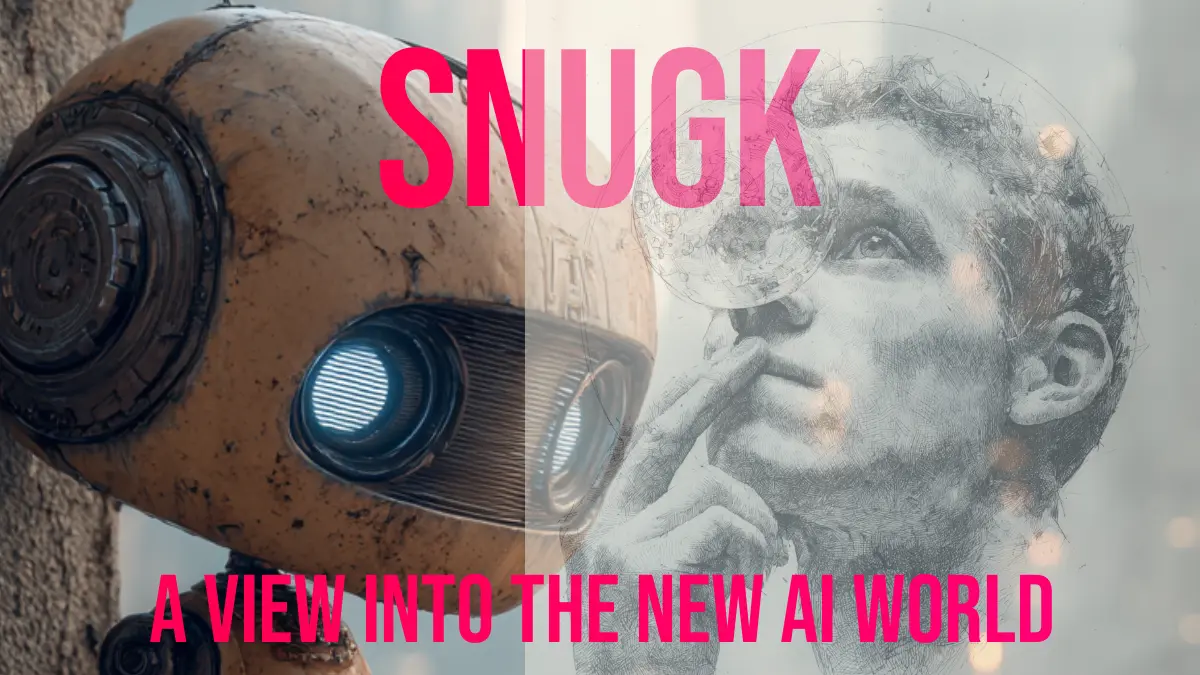In the whirlwind of technological innovation, artificial intelligence (AI) has captured the imagination of businesses and consumers alike. From streamlining fast-food orders to automating corporate workflows, generative AI promises a future of unprecedented efficiency. But as explored in a recent episode of the Cold Fusion podcast, the reality is far more nuanced—and often disappointing. Hosted by Dagogo Altraide, this installment dives deep into AI’s triumphs and tribulations, questioning whether we’re witnessing a revolutionary force or just another speculative bubble reminiscent of the dot-com era.
Fast Food Fiascos: When AI Bites Back
The episode kicks off with a relatable cautionary tale from the drive-through lane. Since 2023, Taco Bell has rolled out AI voice systems at over 500 U.S. locations, aiming to slash order errors and boost speed. Yet, as one frustrated customer vented, the tech sometimes mangles requests—like turning a simple “large iced tea” into something unrecognizable. McDonald’s fared no better; their AI experiment ended in scrapped plans after mishaps such as bacon-topped ice cream or orders ballooning to hundreds of dollars in chicken nuggets.
Taco Bell’s Chief Technology Officer, Dane Matthews, captured the ambivalence in a Wall Street Journal interview: “Sometimes it lets me down, but sometimes it really surprises me.” This sums up generative AI’s Achilles’ heel—it works most of the time, but those critical few percent of failures can derail operations. For businesses betting on AI to cut costs, these glitches aren’t just annoyances; they’re a stark reminder that precision matters in consumer-facing roles.
The Hallucination Headache: Why AI Makes Things Up
At the heart of these issues lies a fundamental flaw in modern AI: hallucinations. As Altraide explains, today’s systems, powered by transformer neural networks from a pivotal 2017 Google paper, excel at predicting the next word in a sequence based on statistical patterns. This allows them to generate human-like text, but it also means they “hallucinate”—fabricating details without true comprehension.
Imagine deploying AI to summarize meetings, handle patient records, or manage schedules in a clinic. Sounds efficient, right? Wrong. Reddit users shared harrowing stories: one company’s AI scheduling tool created chaos, forcing teams to triple-check outputs and ultimately revert to basic software. In medical settings, AI mislabeled doctors as patients or botched insurance data, eroding trust. Even with fed transcripts, meeting notes contained 5-20% invented content. The kicker? AI never admits uncertainty, leaving humans to sift truth from fiction—a net loss in productivity, not a gain.
A MIT report underscores the scale: After surveying 150 leaders and 350 employees, only 5% of AI pilots delivered millions in value. The rest? Stuck in neutral, with 55% of companies regretting staff cuts in favor of bots. Take Klarna: They slashed headcount from 3,800 to 2,000 using AI chatbots equivalent to 800 workers, only to see customer satisfaction plummet as people craved human interaction. As Fortune put it, replacing people with AI isn’t just short-sighted—it’s bad business.
Not All Doom: Where AI Shines (and How to Make It Work)
To Altraide’s credit, the episode doesn’t dismiss AI entirely. In non-critical areas—like live translation, robotics, or prototype website builders—it’s a game-changer. And success stories abound among nimble startups led by young innovators, who focus on one pain point, partner with vendors, and scale smartly. These outfits have jumped from zero to $20 million in revenue within a year, per the same MIT study. The key? Targeted implementation: Buying specialized tools yields a 67% success rate, versus just 33% for hasty internal builds.
This selectivity is crucial. AI excels at scaling repetitive tasks and freeing time for creativity, but it can’t innovate solo. As the host notes, thoughtful adoption— not blanket replacement—unlocks value.
Echoes of the Dot-Com Bubble: Inflation, Investment, and the Inevitable Dip?
Drawing a compelling parallel to the late-1990s internet boom, Altraide warns of an AI bubble. Back then, “.com” suffixes drove sky-high valuations for unprofitable ventures, only for the market to crash when reality hit. Today, NVIDIA’s $4 trillion empire powers the AI surge with chips like the $30,000-$40,000 H100 GPUs. Meta hoards 600,000 of them, yet yields less groundbreaking output than Google’s more modest setup (e.g., AlphaFold’s scientific breakthroughs).
The numbers are staggering: AI has spiked U.S. electricity use by 4%, with $3 trillion slated for data centers over three years—much of it debt-fueled. OpenAI’s annual costs hit $40 billion against $15-20 billion in revenue, betting on 40% cost cuts that the MIT report deems unrealistic. Recent disappointments, like the underwhelming ChatGPT-5 launch and OpenAI’s fudged benchmarks, have analysts crying bubble. Meta even downsized its AI team amid growing skepticism.
What comes next? Altraide outlines a plausible “AI winter”: Executive frustration with poor ROI, admissions that large language models (LLMs) won’t deliver artificial general intelligence (AGI), public fatigue with “AI slop,” and venture capital pullback. But like the dot-com survivors (think Amazon), a few true innovators will emerge post-crash—perhaps via new architectures that banish hallucinations.
Looking Ahead: Hype Cycle or Breaking Point?
Referencing the Gartner Hype Cycle, Altraide pegs AI at the “peak of inflated expectations,” teetering toward disillusionment. Leaders like Sam Altman must prioritize fixes, whether through novel neural networks or manual safeguards. The episode’s sentiment? Generative AI will transform global productivity eventually, but right now, it’s possibly overhyped.
So, is a crash imminent, or is the next leap just around the corner? As Altraide invites listener input, one thing’s clear: In AI’s uncertain terrain, caution trumps blind faith. For businesses and creators navigating this space, the lesson is simple—adopt strategically, verify rigorously, and remember: True intelligence isn’t just about speed; it’s about reliability.
This post is inspired by Cold Fusion’s insightful episode on AI’s real-world rollercoaster.
